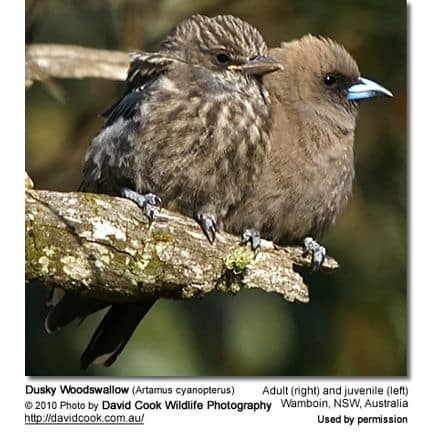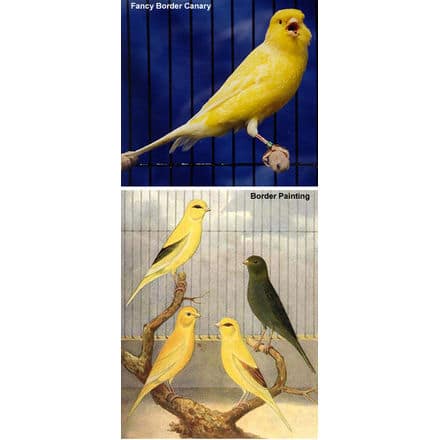Pufflegs – Hummingbirds
The pufflegs are small to medium-sized South American hummingbirds that were named for their distinctive dense feathering around their legs known as “leg puffs” – which are unique among the pufflegs.
It comprises the members of the genera Haplophaedia and Eriocnemis.
Distribution
The pufflegs occur naturally in Argentina, Bolivia, Peru, Ecuador, Colombia, and Venezuela – at elevations between 3,300 – 15,700 ft (1000 – 4800 m).
Their natural habitats are the humid forests, woodlands, and shrubs in the Andes.
The Genus Haplophaedia favors the forest interior; while the genus Eriocnemis is mostly found along the f forest edges, in elfin forests (forests with stunted trees growing at high altitudes), and adjacent humid shrub zones.
Most of the pufflings are fairly common within their range; however, a few species are at risk of becoming extinct (critically endangered) or are possibly extinct:
Critically endangered:
Possibly extinct:
Puffleg species/index
Hummingbird Resources
- Hummingbird Information
- Hummingbird Amazing Facts
- Attracting Hummingbirds to Your Garden
- Hummingbird Species
- Feeding Hummingbirds
Description
The adult males have a glossy green, coppery, or steel-blue plumage. The female plumage is generally duller. Pufflegs have straight black bills and slightly too deeply forked tails.
This species was named for the dense feathering around the legs known as “leg puffs,” which have been described as resembling “woolly panties” or “little cotton balls” above the legs.
These dense feather tufts are snow-white in most species, but are black in the Black-thighed Puffleg and lightly buff-tinged in the Buff-thighed Puffleg. Both males and females have this distinctive leg plumage, but it is not always visible
The members of the genus Haplophaedia are generally duller than the members of Eriocnemis.
Calls / Vocalizations
Like most hummingbirds, they are mostly silent. Their occasional calls (often given after taking flight) are described as a monotonous repeated metallic “tseet tseet tseet“.





